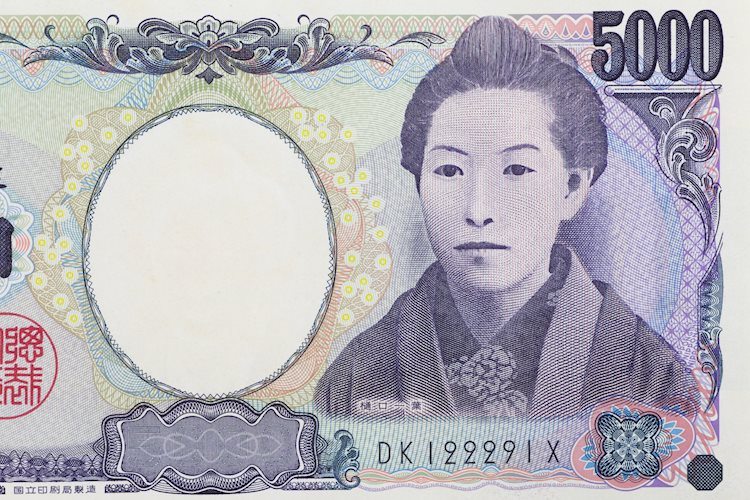USD/JPY has recently undergone a change in trend, shifting from a short-term downtrend to a rising trend. Despite completing an abc correction, the pair failed to decline afterwards and instead started trading higher. The establishment of a new sequence of higher highs and higher lows suggests a bullish bias exists over the short term. This change in trend is evident on the USD/JPY 4-hour chart where the pair has been moving upwards.
The completion of the abc correction between August 5-7 would typically signal the end of a pullback and the resumption of a downtrend. However, USD/JPY did not follow this pattern and instead traded sideways before breaking higher on August 15. The break above the top of wave c indicates a shift towards a bullish trend in the short term. The 100-period Simple Moving Average is currently acting as a resistance level, but a close above it could confirm further gains.
In terms of potential targets, a continuation of the bullish trend could see USD/JPY rise towards 150.90, which is the August 1 swing high. This could be followed by a target at 151.94, the July 25 swing low, and potentially even 155.22, the July 30 swing high. The presence of these targets indicates that there is further upside potential for USD/JPY in the short term. Traders may consider these levels for potential entry and exit points in their trading strategies.
As the trend is now in favor of the bulls, traders may look for buying opportunities in USD/JPY based on the signs of a shift towards a bullish bias. It is important to closely monitor price movements and key technical levels to gauge the strength of the trend. A sustained move above the 100-period Simple Moving Average could provide confirmation of a continuation of the upward trajectory for USD/JPY.
In conclusion, USD/JPY has reversed its short-term downtrend and is now showing signs of a bullish bias. The completion of an abc correction did not lead to a resumption of the downtrend, instead, the pair broke higher, indicating a shift in momentum. Traders can look for buying opportunities and consider potential targets based on key technical levels. Monitoring price action and moving averages can help to confirm the strength of the current trend and guide trading decisions in the short term.










